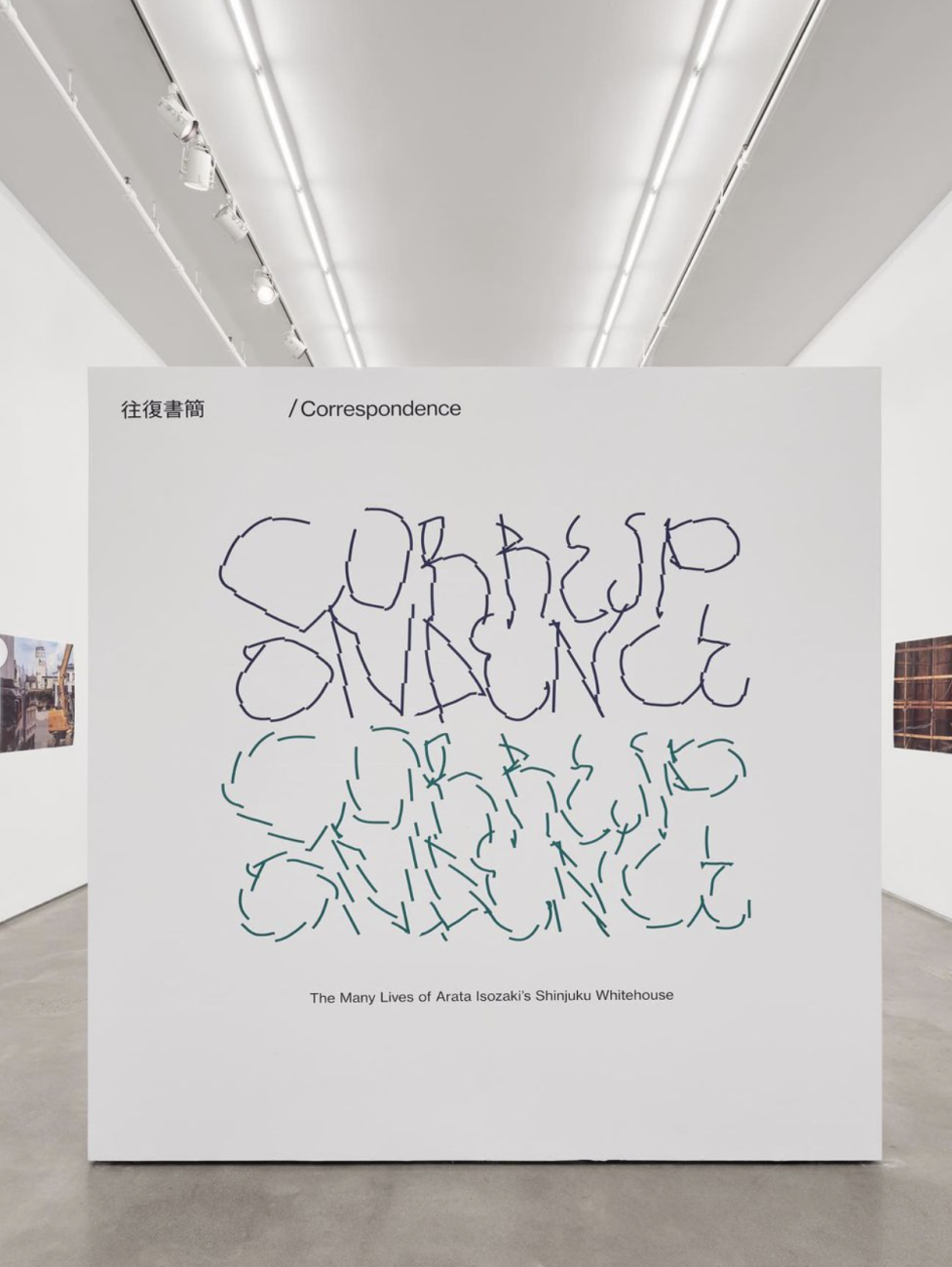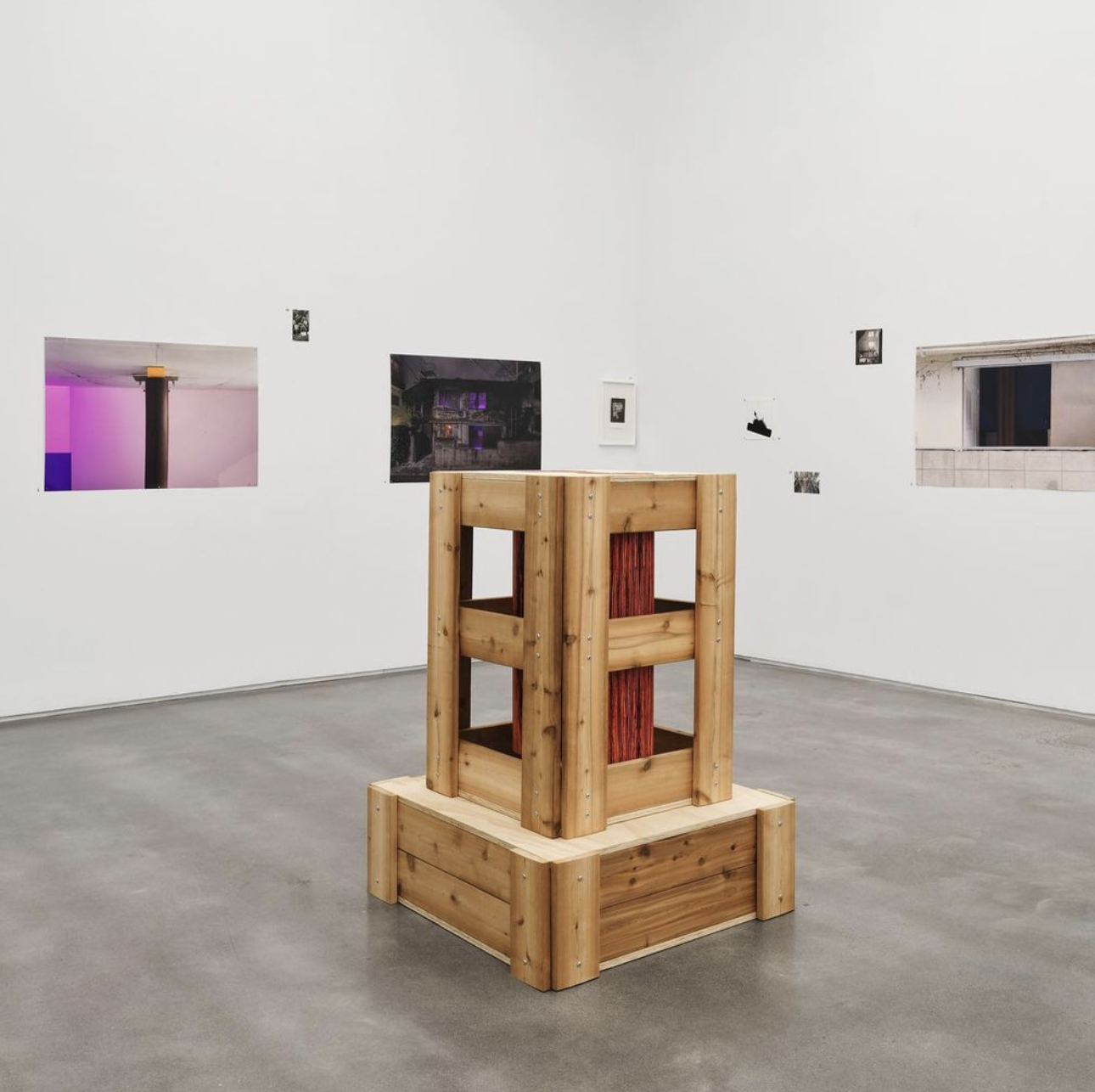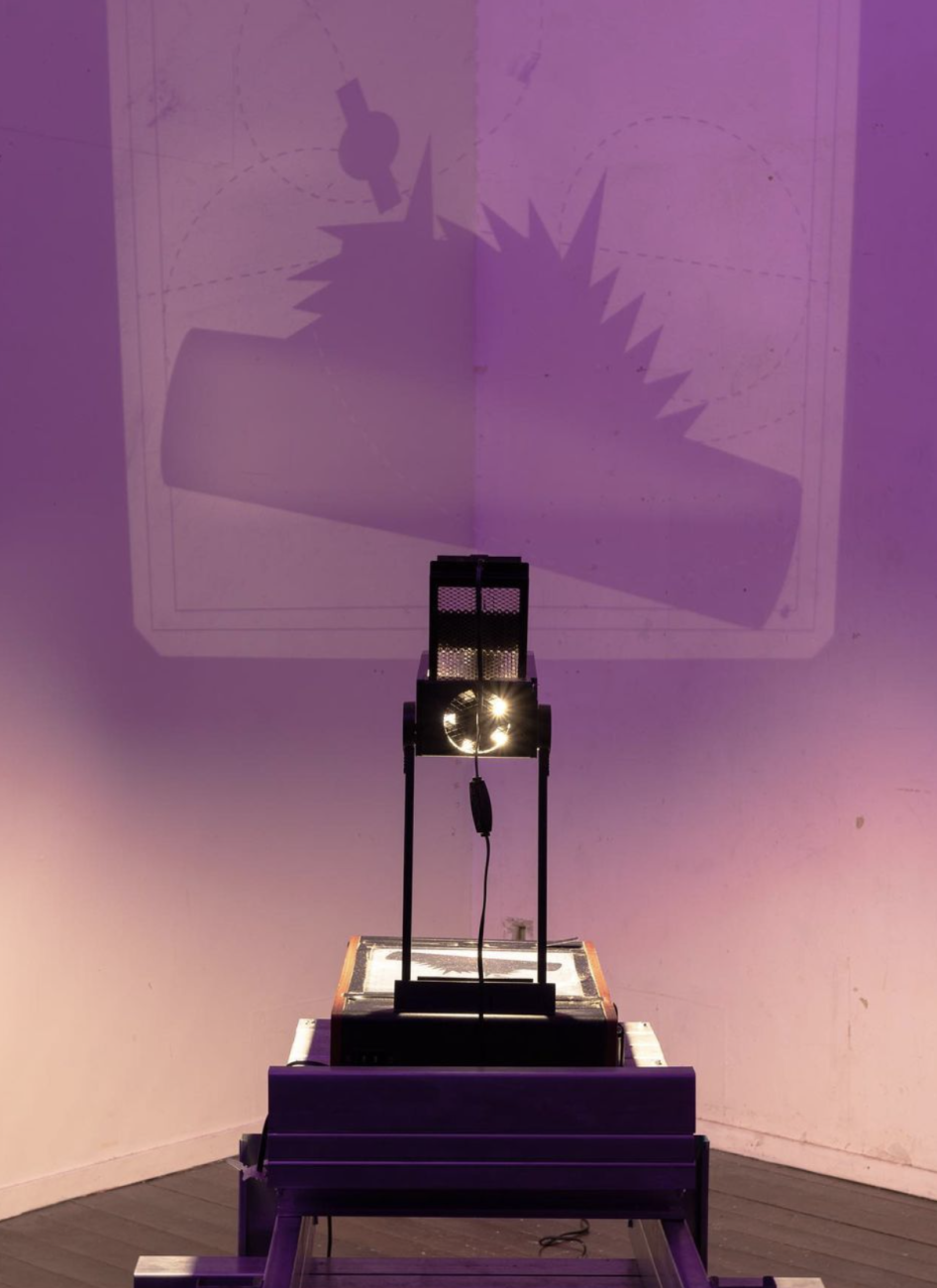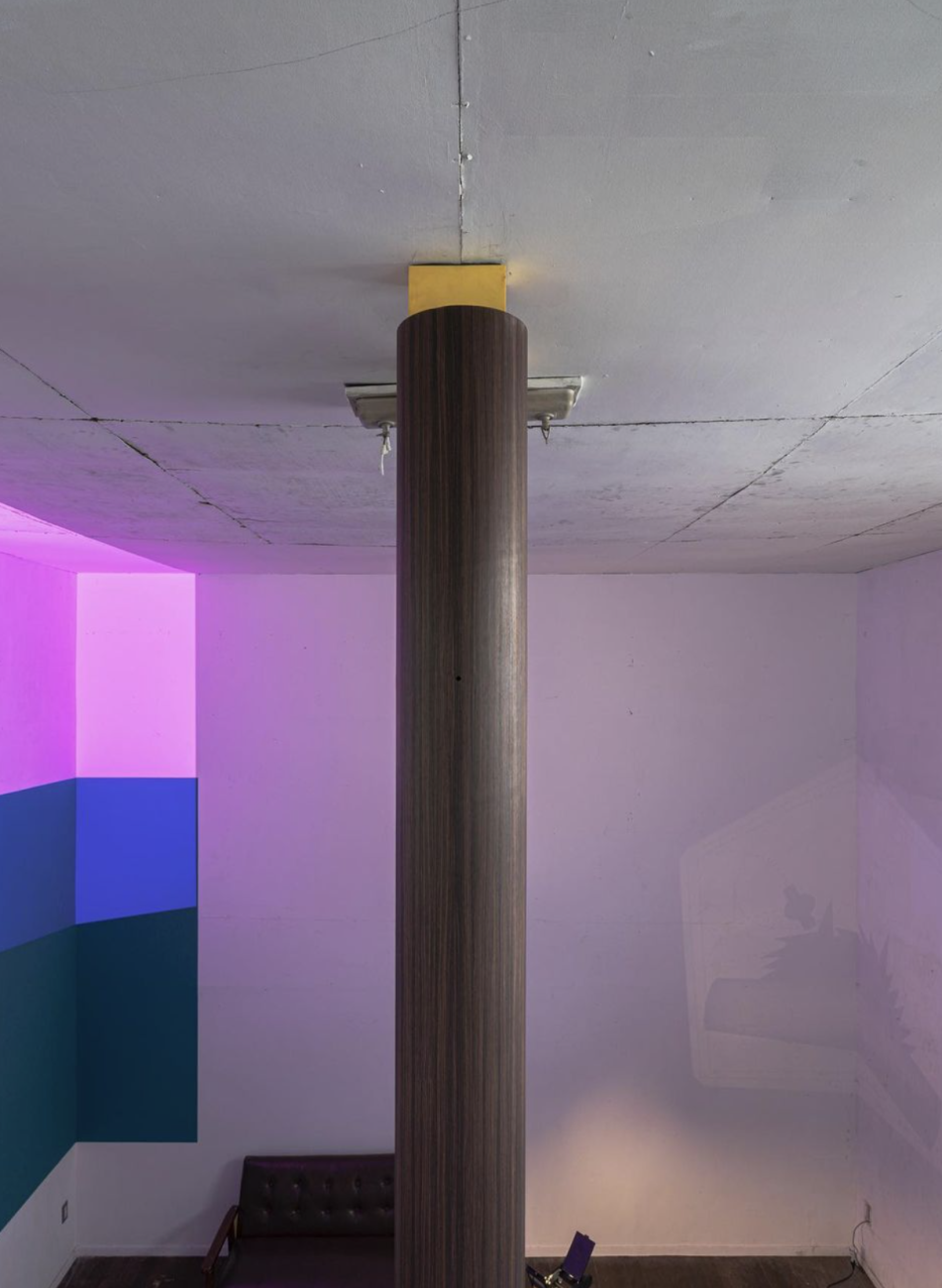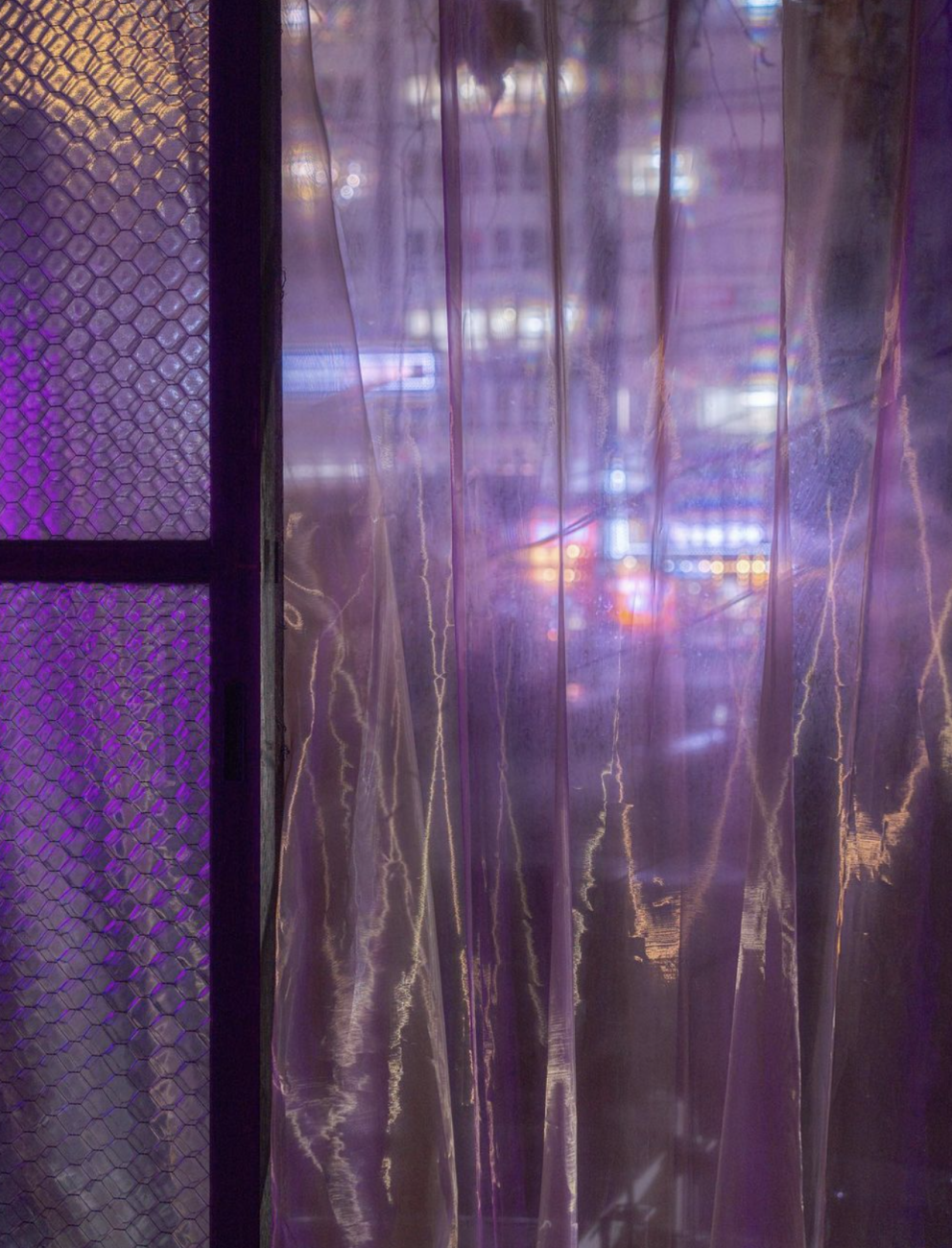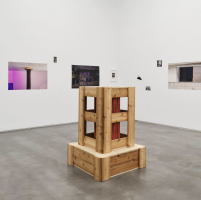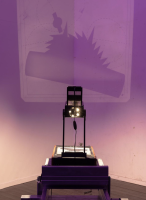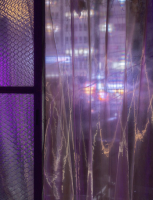At the end of a narrow alley, not far from the bustle of the very Tokyo-like area between Shinjuku and Okubo, lies an old two-story house covered in ivy. Not long after the initial construction as Yoshimura’s residence, the building quickly established its identity as the Shinjuku White House, a home base for the emerging Neo-Dada movement in Japan. Both in reverence and revolt, its naming reflected the complicated sentiments a post-Hiroshima generation held for the new stimuli of American cultural consumption. The primary interior space, a 5.4 m x 5.4 m x 5.4 m white cube, became during its early years a place of meeting, drinking, dancing, sleeping, while also serving as an impromptu exhibition space for young artists. In the time since, following Yoshimura’s marriage in 1961 and emigration to New York, the building has played many new characters.
For Correspondence, the story of the Shinjuku White House is presented not as a historical telling but rather a continuation. Eight young architects from Japan and North America were invited to experimentally renovate the Shinjuku White House in the summer of 2023, reflecting on the legacy of the architect Arata Isozaki and discovering his first work. The outcome of these collaborations is presented here through the photographs of Kei Murata, alongside new works by the architects. In the spirit of creative exchange at the Shinjuku White House, six Japanese artists were asked to prepare their own response.


